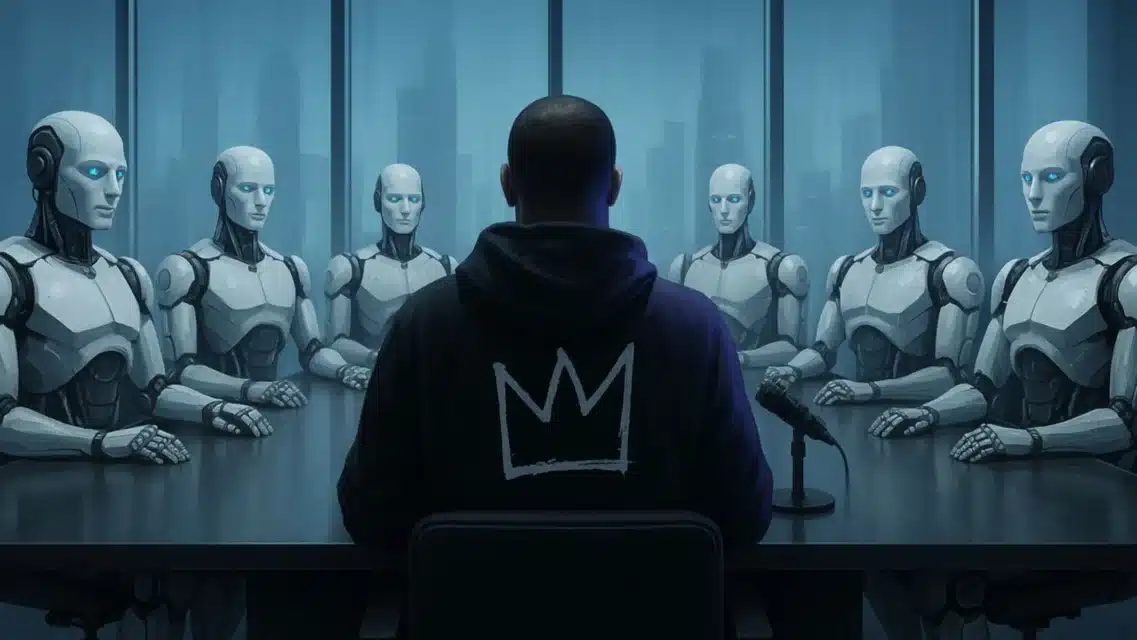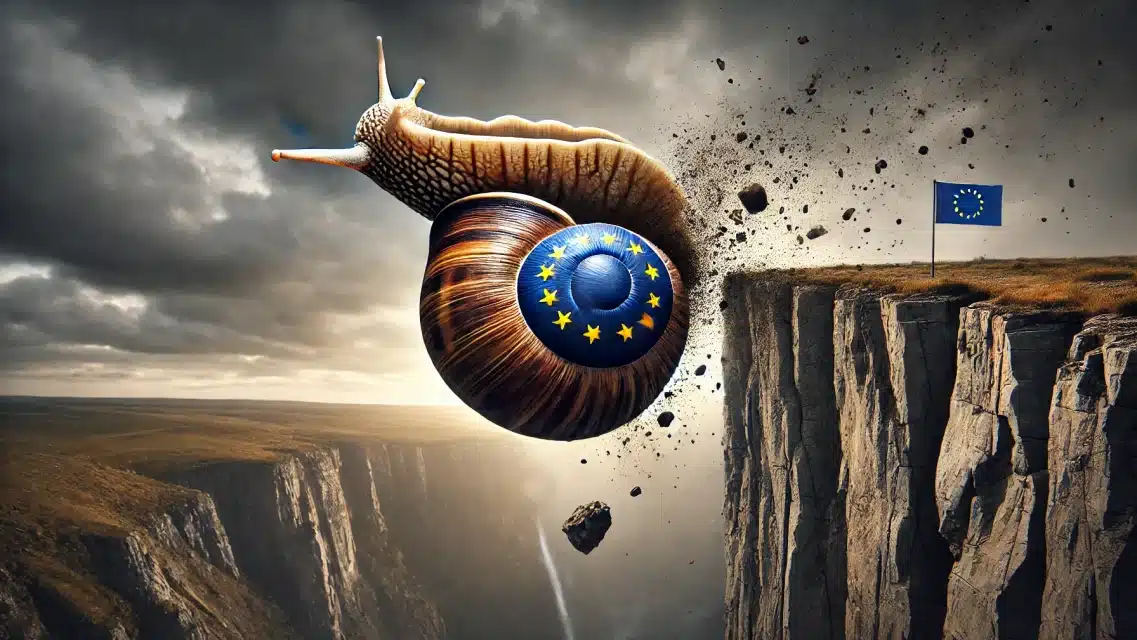Marketing has never been more complex, or more consequential.
In the last decade, AI has disrupted content production, privacy laws have dismantled third-party data, and consumer trust has shifted from institutions to individuals. These aren’t isolated trends. They are rewriting the foundation of how businesses grow.
What’s coming next is not an evolution. It’s a restructuring. The brands that fail to adapt won’t just fall behind; they’ll be erased.
Marketing is no longer a creative function, it’s a business-critical system for engineering competitive advantage.
Marketing is now an AI-driven function
By 2030, 80% of all marketing content will be AI-generated (Gartner, 2024). AI isn’t just automating execution, it’s transforming strategy, customer engagement, and decision-making.
Brands that leverage AI are already seeing:
- 5-10% higher marketing ROI (McKinsey, 2024)
- Personalization at near-zero marginal cost (Forrester, 2023)
- Real-time customer engagement without human intervention (Accenture, 2025)
The shift isn’t a question of efficiency. Companies failing to integrate AI will see content costs rise 50% by 2027, while competitors deploy AI-driven campaign orchestration that adapts in real time.
Strategic Imperative:
- AI is no longer just a tool, it is the operating system of modern marketing
- CMOs must embed AI into every stage of the marketing funnel, from targeting to conversion
- The role of human marketers will shift from content creation to AI governance and strategic oversight
Hyper-personalization is no longer optional
Mass marketing is dead. Consumers expect brands to understand their needs before they do.
- 90% of consumers are willing to share personal data for tailored recommendations (Investopedia, 2024)
- AI-driven personalization increases conversion rates by 30% (McKinsey, 2023)
- Brands using hyper-personalization see up to 40% higher revenue growth (Deloitte, 2024)
But here’s where most companies fail: They mistake segmentation for personalization. Sending a different email to five customer personas isn’t hyper-personalization. Real personalization means:
- AI-driven product recommendations in real-time
- Dynamic pricing based on user behaviour
- One-to-one ad targeting that adapts as customers interact with the brand
Amazon, Netflix, and Spotify have built entire business models around it.
Strategic Imperative:
- Segmentation is dead. Every customer experience must be truly unique
- Invest in real-time AI personalization engines: go beyond A/B testing
- Loyalty will be built on how well you predict what customers want next
The collapse of mass media and the rise of decentralized influence
Brand trust has fragmented. A generation ago, marketing relied on centralized distribution channels, television, print, and digital platforms. Today, consumers engage with millions of niche communities, from WhatsApp groups to private Discord servers.
This is already reflected in media consumption patterns:
- 40% of Gen Z now searches on TikTok and Instagram instead of Google (Business Insider, 2022)
- Private, invite-only communities are outpacing open social media platforms in engagement and conversion rates (Forrester, 2023)
Traditional mass media no longer has the power it once did. The next decade will belong to brands that integrate into consumer-led ecosystems rather than broadcasting from the outside.
Strategic Imperative:
- SEO is being replaced by “social search” optimization. Content must be built for discovery on TikTok, Instagram Reels, and AI-curated feeds
- Influence is shifting from brands to individuals. A well-placed endorsement within a private group can outperform a multimillion-dollar campaign
- Brands must embed themselves within micro-communities. Owned platforms (newsletters, subscription groups, direct messaging channels) will become more valuable than open social media
The shift from brand-building to profit-driven marketing
The long-standing divide between brand marketing and performance marketing is collapsing. Marketing budgets are no longer justified by engagement metrics; they are expected to drive direct business impact.
Unilever has already moved in this direction, shifting 60% of its digital spend to profit-driven attribution models (Marketing Week, 2023). This approach, measuring the financial return on every marketing dollar, will become the industry standard.
Strategic Imperative:
- CMOs will need to prove marketing’s impact on revenue. Budgets will face greater scrutiny, and performance-based models will be the expectation
- Brand-building will not disappear, but it will be redefined. Future marketing strategies must integrate storytelling with measurable outcomes
- Every campaign must have a conversion layer. Marketing will be expected to contribute directly to business growth, not just awareness
The decline of third-party data and the rise of first-party strategies
Privacy regulations have reshaped digital marketing. The introduction of GDPR, CPRA, and Apple’s App Tracking Transparency (ATT) has significantly reduced access to consumer data.
The impact is already visible: Meta lost $10 billion in ad revenue in 2022 alone due to Apple’s ATT policy (Wall Street Journal, 2022). Third-party data will continue to erode, forcing brands to rethink customer engagement strategies.
By 2027, first-party data will account for 75% of all digital marketing insights (McKinsey, 2025). Companies that fail to build direct relationships with consumers will face rising acquisition costs and declining targeting efficiency.
Strategic Imperative:
- First-party data is the foundation of future marketing. Brands must create direct engagement channels (email, messaging apps, private communities) to collect and utilize data responsibly
- Zero-party data will drive personalization. Consumers will voluntarily share information in exchange for personalized experiences and value-based interactions
- The cost of relying on third-party data will continue to rise. Brands must shift to owned audience strategies now
The only constant in marketing is change
By 2050, today’s marketing play-book will look as outdated as newspaper classifieds. The pace of change is relentless, and the companies that fail to adapt will disappear.
The best marketing leaders must engineer the future of brand engagement.



